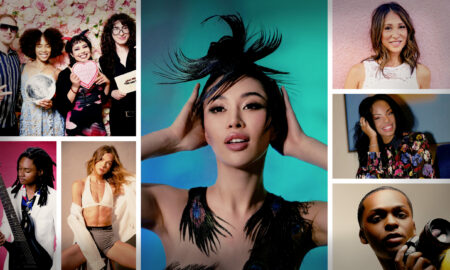

Sasha Marie Speer shared their story and experiences with us recently and you can find our conversation below.
Good morning Sasha Marie, we’re so happy to have you here with us and we’d love to explore your story and how you think about life and legacy and so much more. So let’s start with a question we often ask: What is something outside of work that is bringing you joy lately?
Learning Dutch so I can connect better with my mother through her first language.
Can you briefly introduce yourself and share what makes you or your brand unique?
I’m Sasha Marie Speer, an artist and filmmaker who explores how we connect—to ourselves, to each other, and to the world around us. My work spans photography, film, and immersive multimedia experiences that weave together the emotional and the visual, the personal and the universal.
Through my creative process, I aim to uncover the soul of my subjects and translate that essence into art. I’m fascinated by the space between pain and hope, by how vulnerability can transform into strength, and by how art can remind us of our shared humanity in a world often defined by distraction and disconnection.
My brand, Sawübona—which means “I see you” in Zulu—was born from this desire to create authentic connection through storytelling. It’s a multicultural platform where entertainment, art, and the soul meet. Sawübona celebrates empathy and community through film and multimedia works that don’t just tell stories, but invite audiences into emotional experiences.
Our films, which were just released on YouTube, reflect this mission deeply. Unborn is a poetic underwater journey through motherhood, grief, and renewal, while Identity Portraits highlights the strength and beauty of the transgender and nonbinary community through spoken word and visual poetry. Both projects use art as a bridge—to see and be seen, to connect beyond words, and to honor the diverse expressions of the human experience.
Ultimately, what makes my work and Sawübona unique is the intention behind it: to create spaces—visual, emotional, and spiritual—where we can truly recognize one another.
Thanks for sharing that. Would love to go back in time and hear about how your past might have impacted who you are today. Who were you before the world told you who you had to be?
Perfect. haha.
What fear has held you back the most in your life?
For a long time, my greatest fear was being misunderstood—of being seen as “too much.” I’ve always lived a full, multifaceted life: I’m an artist, an athlete, a healer, a traveler, and a creator. But instead of being celebrated for that, I often felt people didn’t know where to place me.
Some women saw my drive and curiosity as competition. Men, when I was single, were often intimidated by it. I learned to make myself smaller—to hide certain parts of me so that others would feel more comfortable. I compartmentalized who I was, shaping myself to fit the world around me, rather than inviting the world to meet me where I truly am.
That fear kept me dimmed for years. But I’m done with that. I no longer apologize for my fullness, for my complexity, or for the space I take up. Every facet of who I am—art, medicine, movement, soul—is meant to coexist. It’s what makes me whole.
Alright, so if you are open to it, let’s explore some philosophical questions that touch on your values and worldview. How do you differentiate between fads and real foundational shifts?
For me, the difference lies in intention and impact. Fads tend to live on the surface—they move fast, chase attention, and often fade as quickly as they appear. Foundational shifts, on the other hand, move through the body and the collective in a deeper way. They change how we think, how we relate, and ultimately, how we see each other.
As both an artist and a healer, I feel these shifts somatically. When something is real—whether in culture, art, or human connection—it resonates at a cellular level. It grounds rather than excites; it expands rather than distracts. A fad asks us to consume. A foundational shift asks us to evolve.
With Sawübona, I’m always asking: Does this work bring us closer to truth? To empathy? To connection? If the answer is yes, it’s not a trend—it’s a transformation.
Okay, so before we go, let’s tackle one more area. What do you understand deeply that most people don’t?
I understand how small we are in the vastness of everything—and yet, how immense our impact can be. We’re each just one heartbeat in the great rhythm of existence, but every action, every thought, every gesture of love ripples outward farther than we’ll ever know.
Some Indigenous cultures used to plan for seven or eight generations ahead. They made decisions not just for themselves, but for the children of their children’s children—for the world that would come long after they were gone.
I think about that often. Some days, I look at my five-year-old niece and wonder: What can I do now that will shape her world? What can I create that will ripple forward to her children, her great-grandchildren? What kind of earth, art, and consciousness am I leaving behind?
Wouldn’t our world look so different if we all lived that way—if our choices, our systems, and our art were rooted in care for generations we’ll never meet? I think we’d move with more reverence. We’d create not just for recognition, but for continuity. Not for the moment—but for the meaning that endures. That perspective humbles me—it keeps me aligned with what truly matters: connection, legacy, and the quiet power of choosing with intention.
Contact Info:
- Website: https://www.sawubona.us
- Instagram: https://www.instagram.com/sawubona.us
- Youtube: https://www.youtube.com/@sawubona2664
- Other: My personal artist page, that expands into books and interactive experiences: https://www.sashamariespeer.com

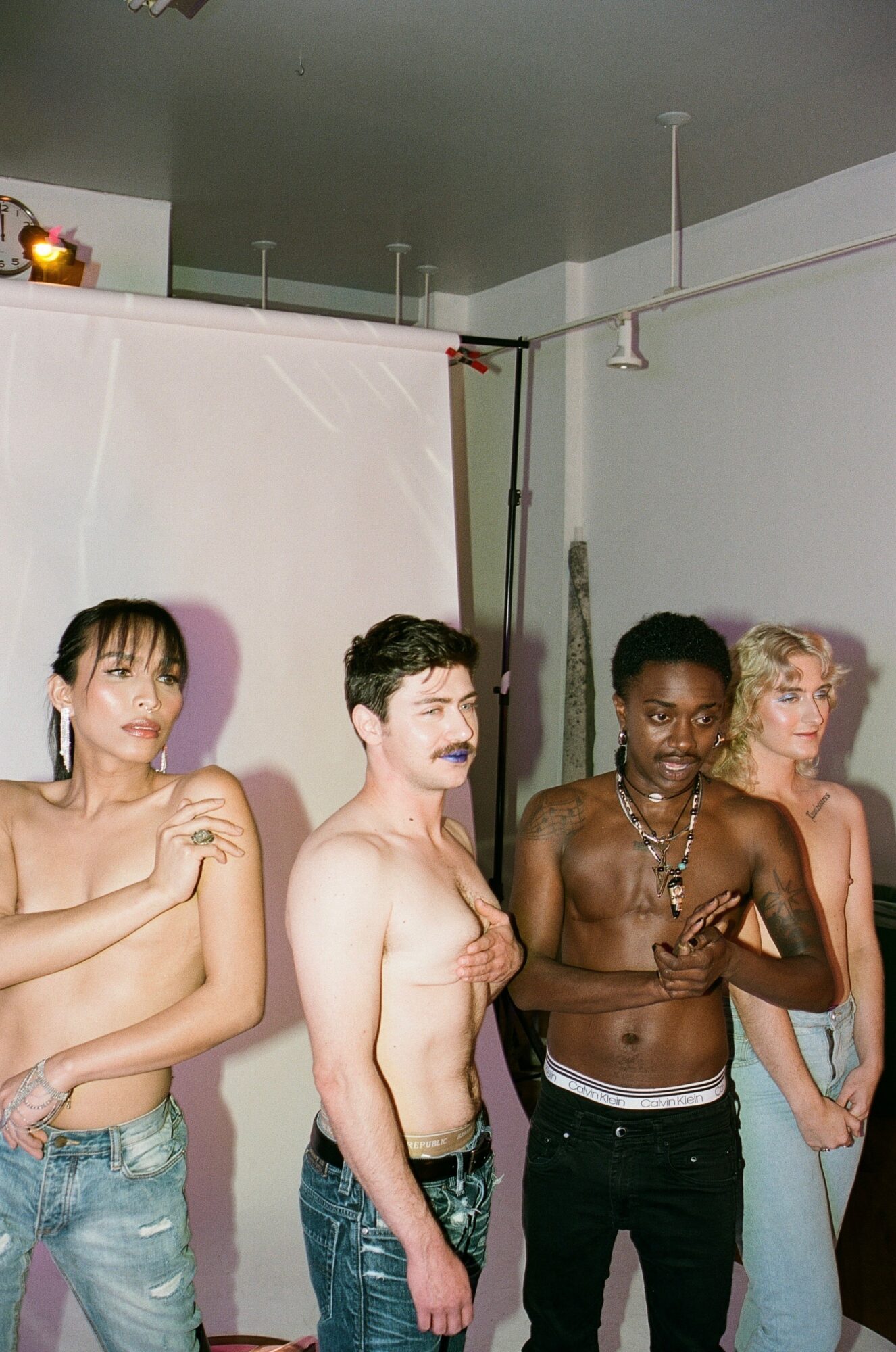
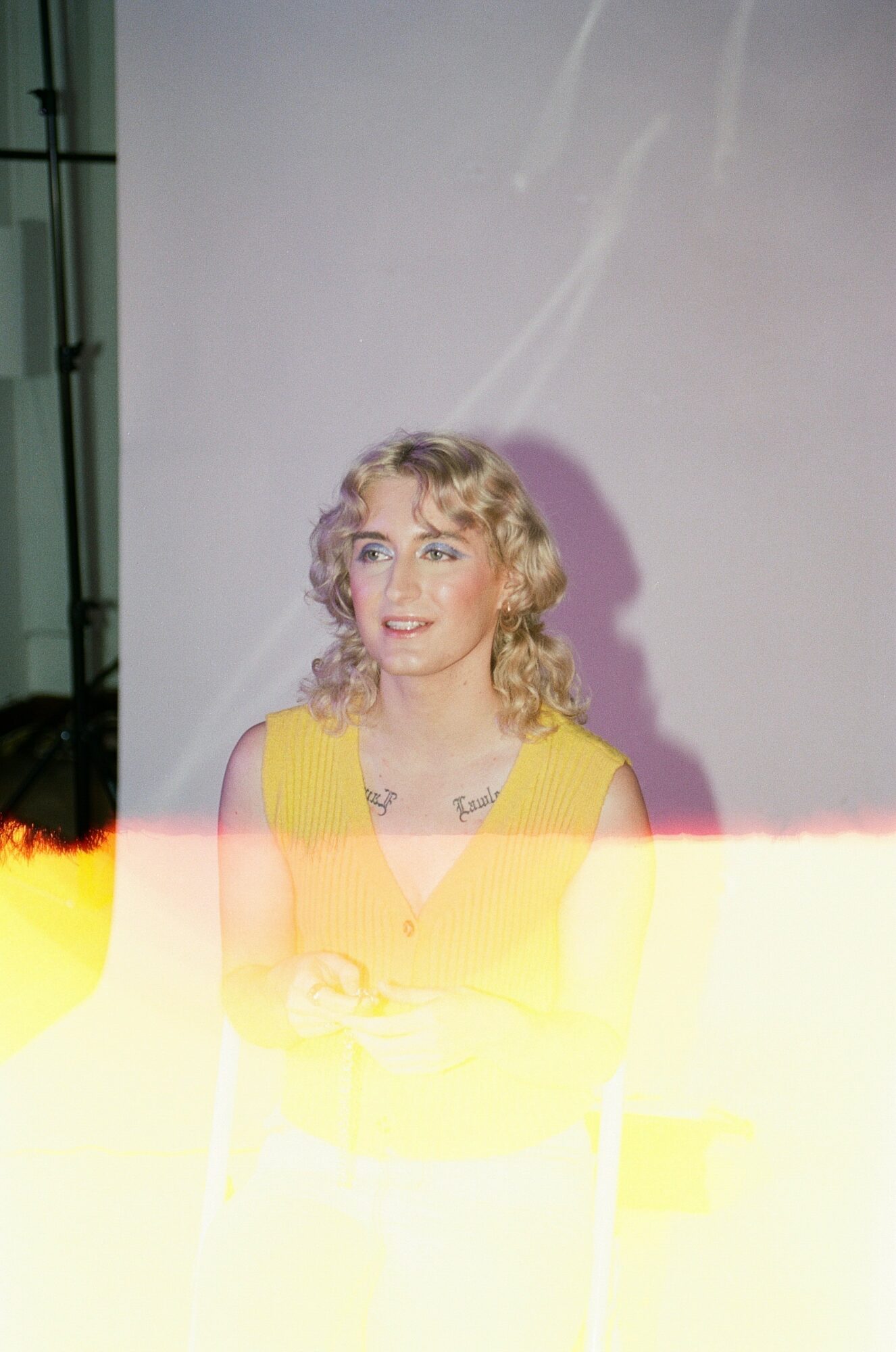


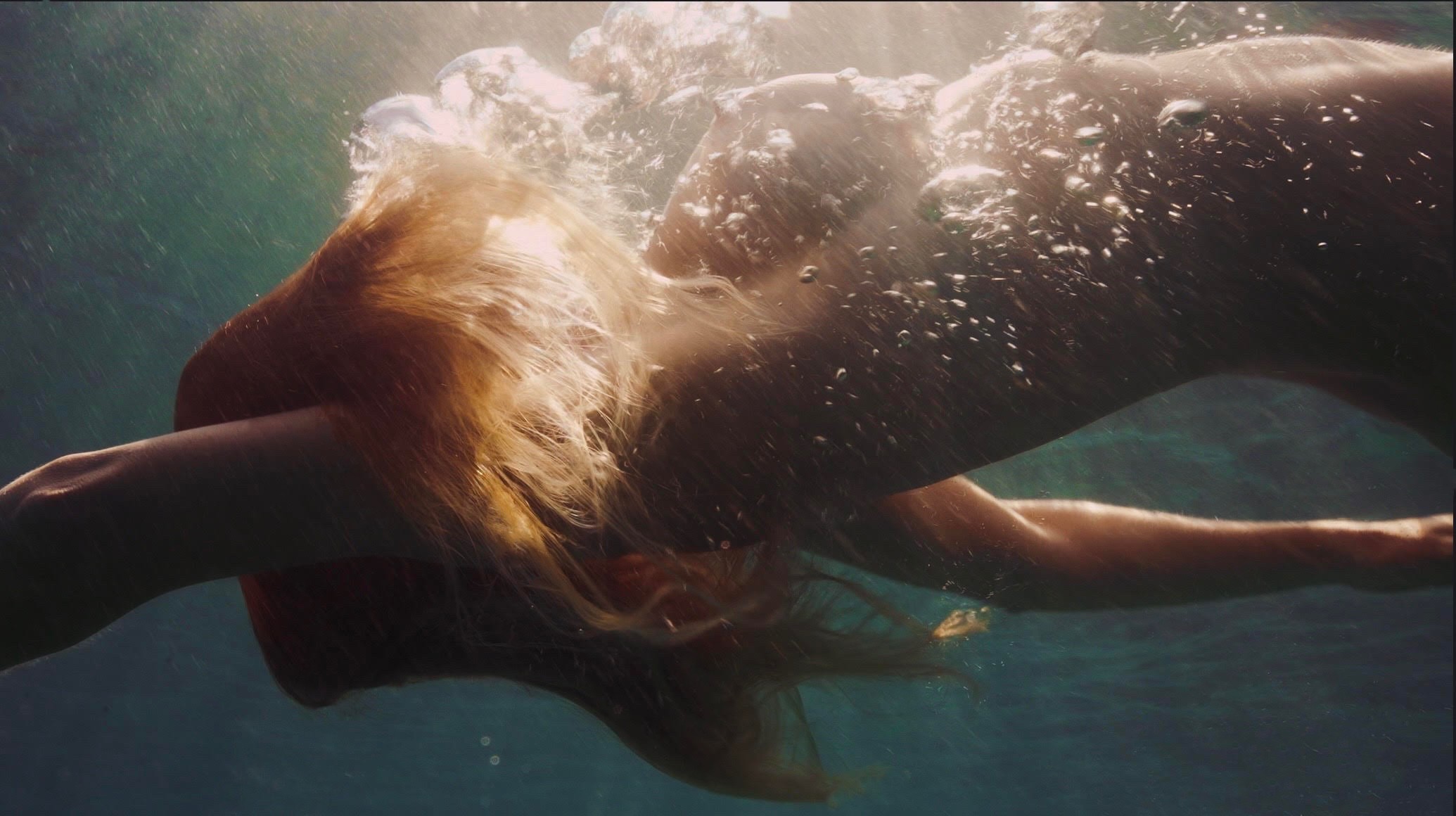
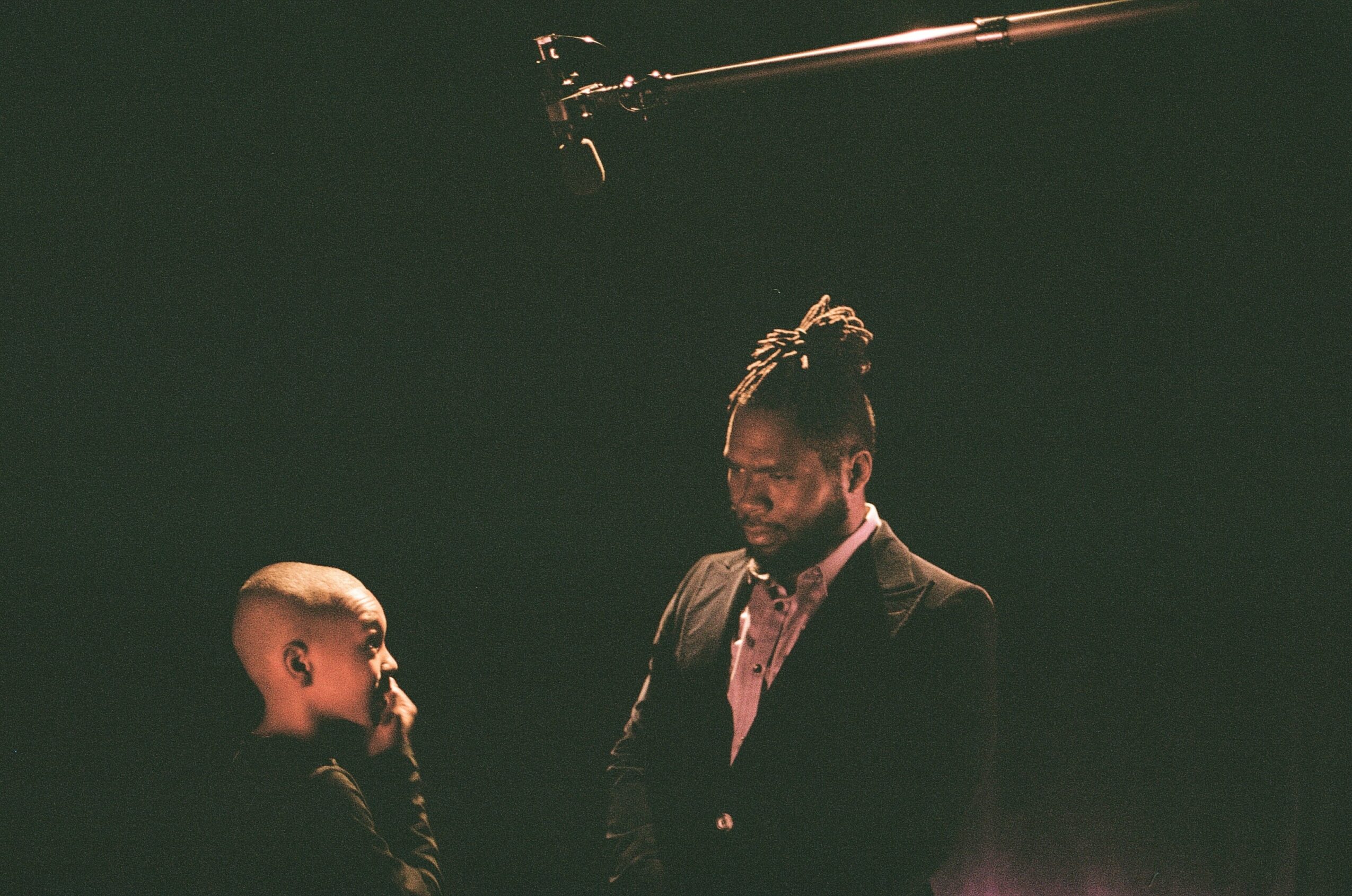
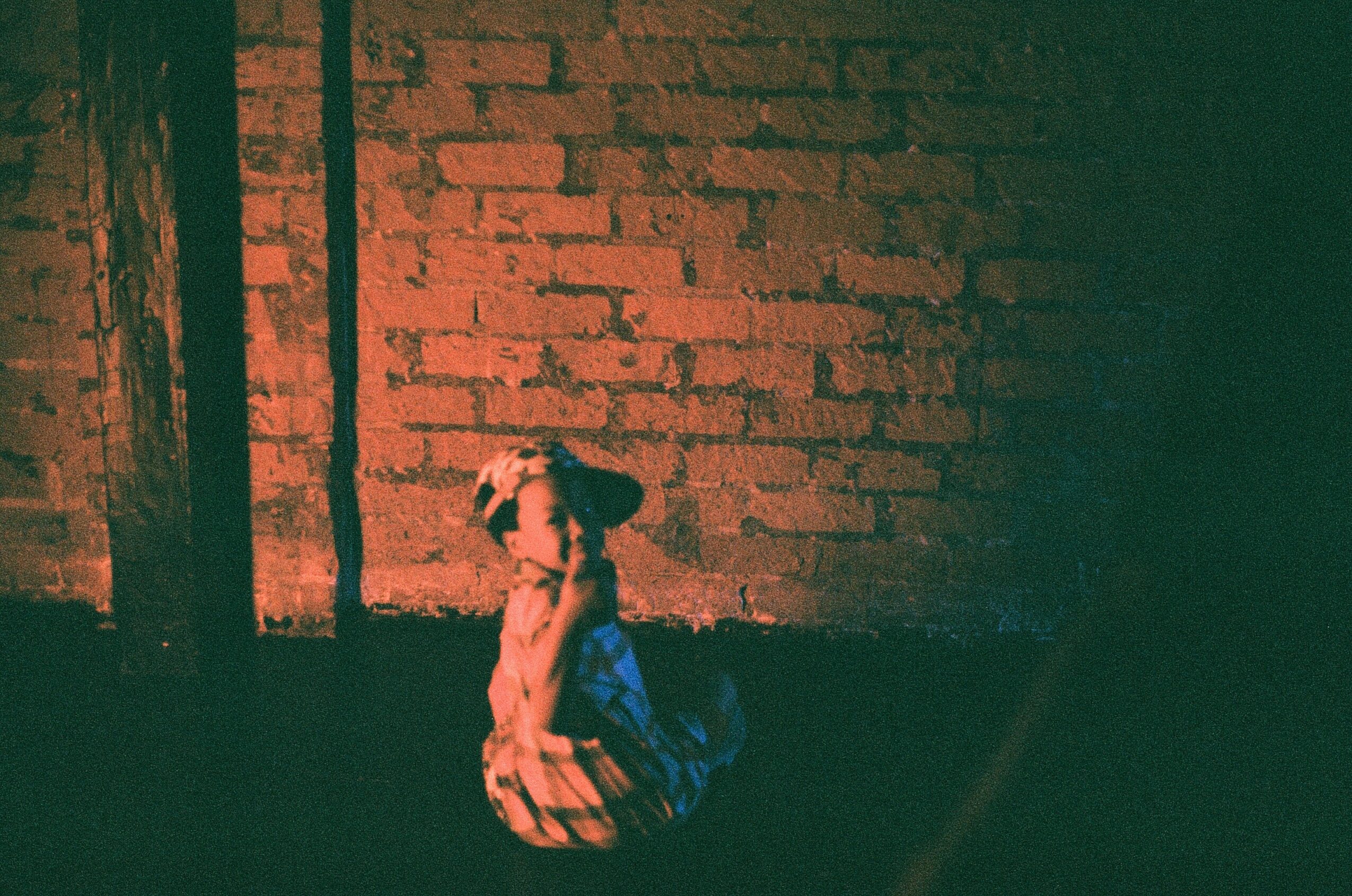
Image Credits
Jenny Baumert
Finbar Cattaway

